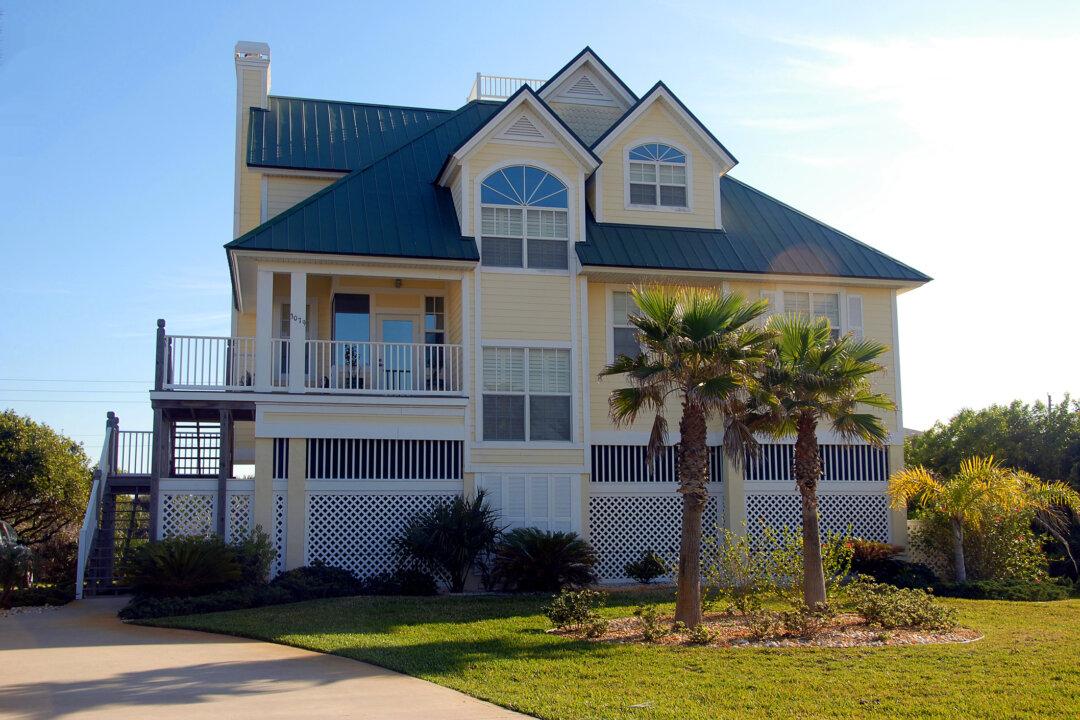If you ever watch cable TV, chances are you’ve seen reverse mortgage commercials with celebrity spokespeople.
“It’s a personal financial management tool that enables homeowners to convert the home equity into loan proceeds,” says Steve Irwin, president of the National Reverse Mortgage Lenders Association.
However, these products can have some sizable risks and drawbacks. If you’re considering a reverse mortgage, here’s what to know.
A reverse mortgage allows you to borrow and spend your home equity. You could collect a lump sum or set up monthly income payments, either for a set period or for as long as you’re living in the home. You could also set up a line of credit to tap when you want. If you still owe some amount on your mortgage, a reverse mortgage can pay off the remaining debt.
The amount you receive for a reverse mortgage depends on the value of your home, your total equity and age. The older you are when you apply, the more you receive. That’s because these loans are usually repaid only after the applicant passes away. If you’re married, the payout is based on the age of the youngest spouse.
Interest rates also matter. When interest rates are high, like now, you receive less because more of the equity goes towards the borrowing cost.
Most reverse mortgages are insured and regulated by the Federal Housing Administration (FHA). The government sets a borrowing limit—up to $1,149,825 in 2024 on FHA-insured loans—even if your home is worth more.
These lenders don’t check your income or credit score. You qualify based only on your age and your home’s property value.
Fees can be costly. The lender deducts an upfront fee and also charges interest over the life of your loan. Reverse mortgage interest rates are usually higher than conventional mortgage interest rates, but similar to rates on home equity loans.
You must be at least 62 to take out an FHA reverse mortgage. If you’re married and only one partner is over 62, the lender would classify the younger partner as an eligible non-borrowing spouse and reduce the payment to account for their age.
There are private reverse mortgage loans that aren’t FHA-insured and have more flexibility to set terms. Some of these products accept applicants as young as 55 and could extend credit beyond the $1,149,825 FHA cap. But private reverse mortgages may charge higher interest rates.
Reverse mortgages do not require ongoing payments while you’re alive and still living in the home. The loan only comes due after you move elsewhere or pass away. At this point, you or your heirs can sell the property to pay off the reverse mortgage, keeping any sale proceeds above the outstanding loan. If your family wants to keep the home, they could refinance the debt to a new primary mortgage.
As part of a reverse mortgage contract, you must continue paying the property taxes, homeowner’s insurance and maintenance. If you don’t, the lender could foreclose and seize the property because you aren’t protecting the asset securing the loan.
You must meet with an independent counselor who doesn’t work for a lender before you can take out a reverse mortgage. You should get quotes from multiple lenders for a reverse mortgage, the same as with any home loan.








